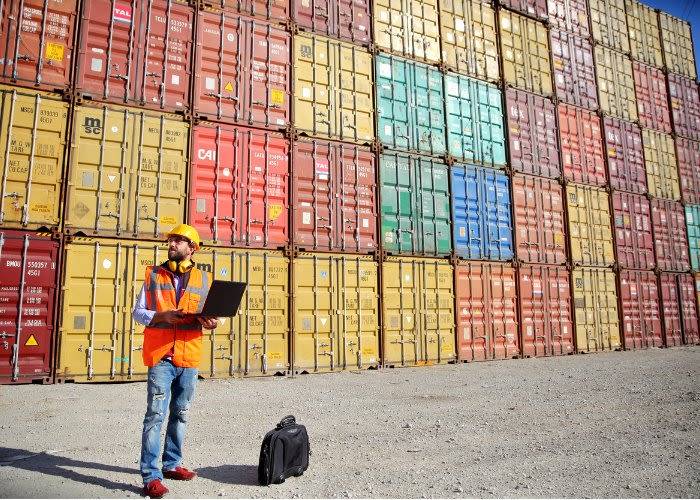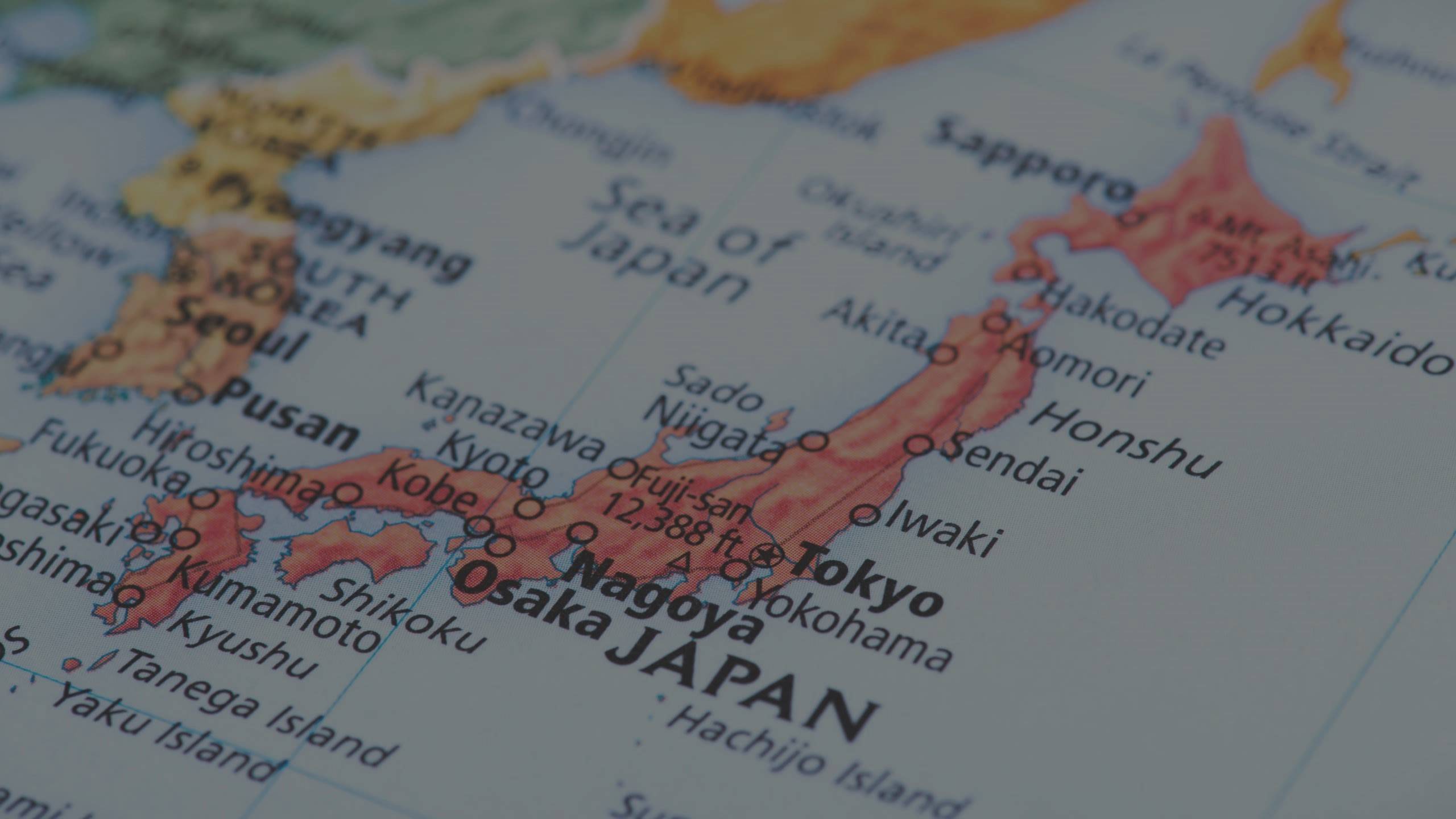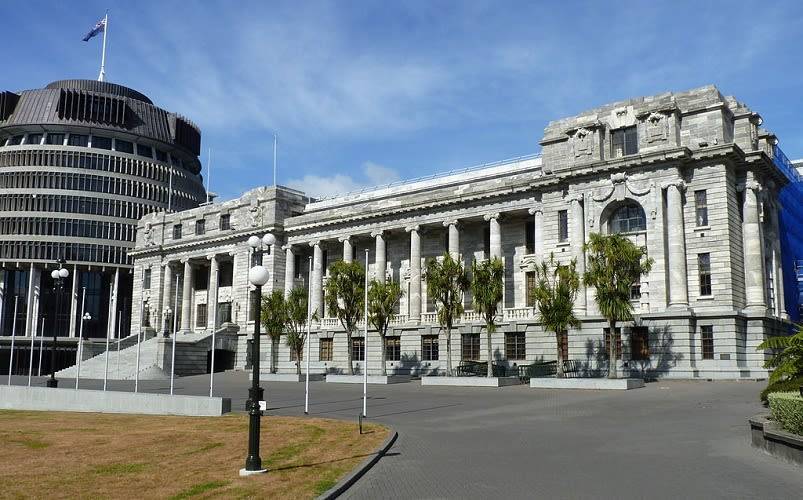
Comprehensive and Progressive Agreement for Trans-Pacific Partnership Overview
The Comprehensive and Progressive Agreement for Trans-Pacific Partnership (CPTPP) is a free trade agreement involving 12 economies across the Pacific and beyond, including New Zealand, Australia, Brunei Darussalam, Canada, Chile, Japan, Malaysia, Mexico, Peru, Singapore, the United Kingdom and Viet Nam.
The CPTPP goes beyond reducing costs for businesses. It includes commitments to safeguard high labour and environmental standards across the Asia-Pacific region; it preserves New Zealand's right to make laws to protect our people and our environment; it upholds the Treaty of Waitangi; and it creates jobs that help generate a better standard of living for New Zealanders.
The economies involved
The economies included in the CPTPP account for approximately 13 percent of world GDP – worth a total of US$10.6 trillion. The 11 other economies are:
- The destination for 28.8 percent of New Zealand’s goods exports (NZ$20.42 billion) and 37.2 percent of New Zealand’s services exports (NZ$11.36 billion) in the year ended December 2024.
- Five of New Zealand’s top 10 trading partners in 2024 (Australia, Japan, Singapore, the United Kingdom and Malaysia).
Origins of the CPTPP
The CPTPP includes many of the elements that were negotiated as part of the Trans-Pacific Partnership (TPP), but with some significant differences.
On 23 January 2018, CPTPP negotiations concluded, with the participants agreeing to suspend 22 items from the original TPP agreement.
This means outcomes that were of concern to New Zealanders in the TPP in the areas of investment, intellectual property and health do not apply.
The CPTPP was signed by Trade Ministers on 8 March 2018, in Chile, and entered into force on 30 December 2018.





Highlights of the CPTPP
Partnering with these economies represents a huge opportunity for New Zealand exporters, opening up markets with a combined population of more than 570 million people that consume nearly a third of our overall exports.
Gaining preferential access into Japan, the world’s fourth-largest economy, as well as Canada, Mexico and Peru, for the first time will open up new export destinations for our small and larger businesses, create jobs that add to the more than 620,000 New Zealanders whose jobs already depend on exports, and help generate a better standard of living for all New Zealanders.
Promoting sustainable economic development is also a prominent feature of what has been negotiated, with strong commitments to safeguard high labour and environmental standards across the Pacific and beyond. For example, the CPTPP ensures that member economies have in place laws and practices governing workers’ wages and safety. For the first time in any of New Zealand’s trade agreements, commitments in these areas will be legally enforceable. This will raise standards in the region.
At the same time as supporting New Zealand’s trade ambitions, the CPTPP protects the unique status of the Treaty of Waitangi/Te Tiriti o Waitangi and the Government’s right to regulate in the public interest in areas like health, environment, and taxation policy.
Reciprocal side letters with Australia, Brunei Darussalam, Chile, Malaysia, Peru, the United Kingdom and Viet Nam, mean that compulsory investor state dispute settlement (ISDS) will not apply between New Zealand and these economies. This covers more than 70 per cent of our overseas investment from CPTPP economies as a whole.
Benefits for goods exporters
The CPTPP provides significant benefits for New Zealand goods exporters across a range of sectors.
Over time, tariffs will be eliminated on all New Zealand’s exports to CPTPP economies, with the exception of beef into Japan, for which tariffs have been reduced significantly, and a number of dairy products into Japan, Canada, and Mexico, where access is improved through duty-free quotas and partial tariff reductions.
Once fully implemented, CPTPP has the potential to deliver an estimated $222 million of tariff savings annually. By way of comparison, the annual tariff savings from New Zealand’s free trade agreement with China were initially estimated at $115 million a year, although since then trade growth has seen New Zealand’s annual exports to China quadruple.
Early estimates of New Zealand's tariff savings from its free trade agreement with China were $115 million annually, though trade growth exceeded expectations. The CPTPP could deliver an estimated $222m of tariff savings each year.
Crucially, it means our exporters are not disadvantaged in important markets like Japan compared with others such as Australia, Chile, the EU and UK.
All tariffs for New Zealand kiwifruit were eliminated at entry into force and existing duty free access is locked in. This includes duty free access to Japan – New Zealand’s third-largest kiwifruit market – representing tariff reductions of more than NZ$26 million a year.
All tariffs on New Zealand apples into Japan are also being progressively eliminated over 11 years.
All tariffs on New Zealand wine were eliminated, including immediate duty-free access to Canada (New Zealand’s fourth-largest wine market).
Tariffs on beef exports to Japan are reducing from 38.5 percent to 9 percent over 16 years, the best outcome Japan has given to any trade agreement partner. Seven years after entry into force, Japan's beef tariffs have already reduced by nearly half, and continue to drop annually.
Nearly all tariffs on New Zealand sheepmeat to CPTPP economies were eliminated upon entry into force, including locking in preferential rates to Canada (New Zealand’s fifth largest sheepmeat market).
CPTPP includes useful improvements for New Zealand’s dairy exporters. They benefit from an estimated NZ$86 million in overall tariff reductions through preferential access to new quotas into Japan, Canada and Mexico, in addition to tariff elimination on a number of products.
All tariffs on New Zealand forestry and forestry products will be eliminated as part of CPTPP, including in Japan (New Zealand’s 4th-largest export market) and Viet Nam (New Zealand’s 10th-largest market).
All of New Zealand’s fish and fish products imported into Japan previously faced tariffs. 99 percent of these are being progressively eliminated over 11 years, and the remainder progressively eliminated over 16 years.
In addition to tariff liberalisation, CPTPP also addresses non-tariff barriers to trade in goods by reducing the time exports spend waiting for goods to clear customs, lowering compliance costs, and increasing predictability around other economies’ processes.

Tariffs on beef exports to Japan will progressively reduce from 38.5 percent to 9 percent, the best outcome that Japan has agreed with any trade agreement partner.
Protecting rights
The CPTPP preserves the New Zealand Government’s inherent right to regulate in the public interest and contains specific protections in a range of policy areas, including for the Treaty of Waitangi/Te Tiriti o Waitangi.
As with all of New Zealand’s contemporary trade agreements, the CPTPP includes a specific provision preserving the pre-eminence of the Treaty of Waitangi in New Zealand. Nothing in the CPTPP prevents the Crown from meeting its obligations to Māori and New Zealand’s interpretation of the Treaty of Waitangi/Te Tiriti o Waitangi will not be subject to the dispute settlement.
While compulsory investor state dispute settlement is part of the CPTPP, it does not apply between New Zealand and Australia, Brunei Darussalam, Chile, Malaysia, Peru, the United Kingdom, and Viet Nam. Safeguards mean the New Zealand Government cannot be successfully sued by investors for measures related to public education, health and other social services. The Government can also rule out cases relating to tobacco control measures. Decisions made under the Overseas Investment Act are not subject to ISDS.
The CPTPP does not change the Pharmac model or its ability to negotiate the best price for medicines for New Zealanders. Provisions in the TPP that would have required Pharmac to make administrative changes primarily of benefit to the pharmaceutical industry were suspended in the CPTPP. Implementation of these changes was expected to cost New Zealand an initial NZ$4.5 million and NZ$2.2 million per year thereafter.
A number of the intellectual property provisions included in TPP were suspended from CPTPP, saving New Zealand from having to make changes likely to result in costs to New Zealand. For example, we no longer need to extend our copyright term to 70 years, removing one of the most significant quantified costs of the TPP for New Zealand.
Benefits for services exporters and small and medium businesses
The CPTPP supports the growing services and digital sectors, assist businesses of all sizes to trade, and provide greater opportunities to bid for government contracts.
CPTPP market access commitments in services sectors provide greater openness and certainty over the conditions under which New Zealand businesses can provide services to overseas clients. Access to CPTPP markets has been locked in for New Zealand service providers across a range of sectors, including providers of professional, business, education, environmental, transportation and distribution services.
The CPTPP provides greater opportunities for New Zealand businesses to bid for government contracts in CPTPP markets – particularly in Malaysia, Mexico, Peru and Viet Nam.
The CPTPP includes commitments to ensure that economies at all levels of development, and businesses of all sizes, can benefit from enhanced trade. To that end, small and medium businesses will be helped to understand what has been agreed, take advantage of its opportunities, and bring their unique challenges to the attention of the CPTPP governments.
Raising standards
The CPTPP will help to raise labour and environmental standards in the region, reduce the impact of unfair practices, and promote sustainable development.
The labour and environment outcomes in the CPTPP are some of the most comprehensive New Zealand has achieved in a free trade agreement, with labour and environment standards made legally enforceable for the first time.
For example, the CPTPP was the first agreement in the world to include a prohibition on granting or maintaining subsidies that contribute to illegal, unreported or unregulated (IUU) fishing or that negatively affect over-fished stocks. This is a meaningful contribution to achieving UN Sustainable Development Goal 14 (on fish subsidies and addressing collapsing fishing stocks before 2020).
CPTPP also ensures Parties have in place laws and practices governing minimum wages, hours of work, and occupational safety and health.
Process
The signed text of the CPTPP, together with a National Interest Analysis, was scrutinised by the Foreign Affairs, Defence and Trade Select Committee, who then submitted their report to Parliament. This Parliamentary Treaty Examination process concluded on 24 May 2018.
The Government ratified CPTPP on 25 October 2018, after the legislation required to implement the Agreement received Royal Assent. On 31 October 2018, the sixth signatory ratified the Agreement, resulting in the CPTPP entering into force on 30 December 2018 (60 days later).




In a world first for a trade agreement, the CPTPP includes a prohibition on subsidies that encourage illegal fishing.
